Intro to PC Troubleshooting and Repair
Master PC Troubleshooting and Repair with Confidence!

9 Hours average completion time
0.9 CEUs
10 Lessons
21 Exams & Assignments
11 Reference Files
92 Articles
Mobile Friendly
Last Updated November 2025
There is no question that computers offer many benefits to their users. Whether they are used for pleasure or business, computers enable us to connect to the world in ways never thought possible. And to get the most out of them, computers need to be set up correctly, maintained and protected.
When a computer encounters a problem it can be difficult to diagnose and correct the issue because they are such complex machines running complicated pieces of software. This course can help you navigate the basic concepts of computer troubleshooting and repair so that you will be better prepared to understand and resolve issues as they arise.
The good news is that many of the issues you'll encounter can be resolved without involving a technician or seeking outside help. Repairing a computer will depend on many different things such as the type of computer, the operating system, the accessories used with the computer and much more. This course focuses on the general setup and repair of a desktop PC and although it includes general ways to resolve issues, it focuses primarily on Microsoft Windows (the most used operating system in the world) as an operating system. However, if your computer does not have Microsoft Windows as an operating system, some of the included repair and troubleshooting techniques will still pertain to you.
- Virus protection strategies
- Resolving software conflicts
- Network troubleshooting proficiency
- Enhancing digital security awareness
- Essential hardware diagnostics
- Debugging runtime errors
- Improving boot efficiency
- Understanding peripheral integration
- Streamlining system performance
- Comprehensive problem-solving techniques
-
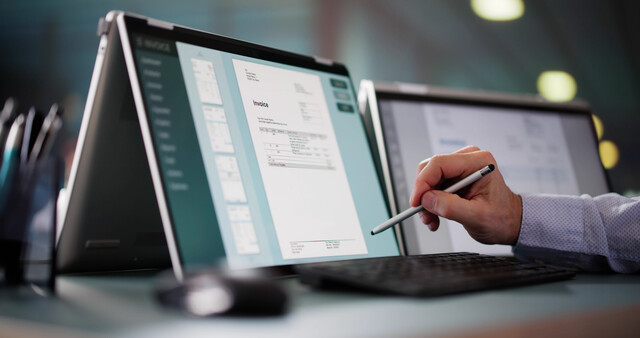
QuickBooks 101
-
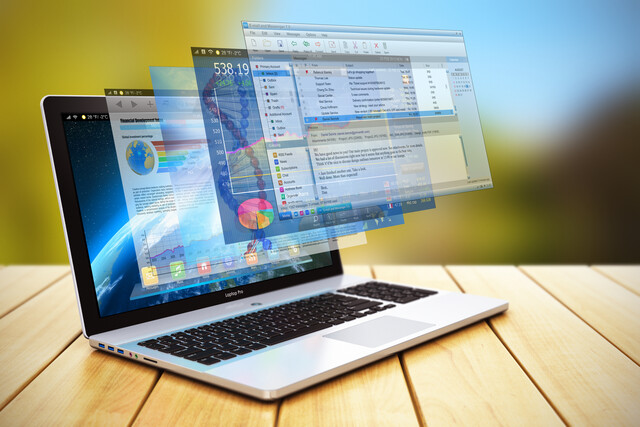
OneNote for Windows
-

Computer Literacy Level 2 - Internet Basics
-

Collaboration Skills
-
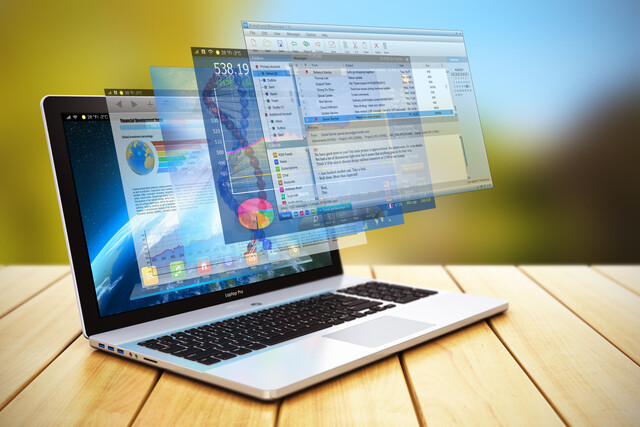
SalesForce 101
-

Natural Skin Care 101
-
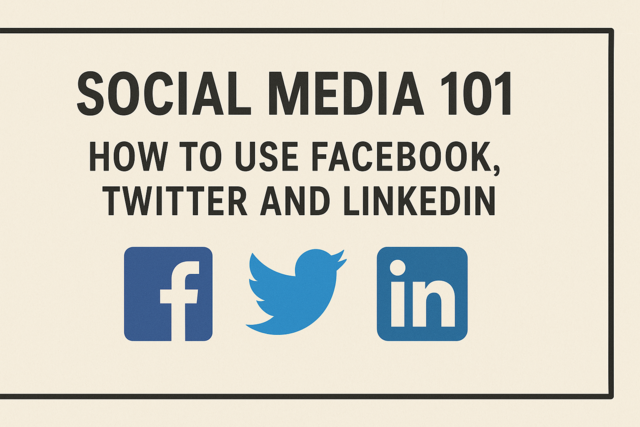
Social Media 101: How to Use Facebook, Twitter and LinkedIn
-

Google Sheets
-
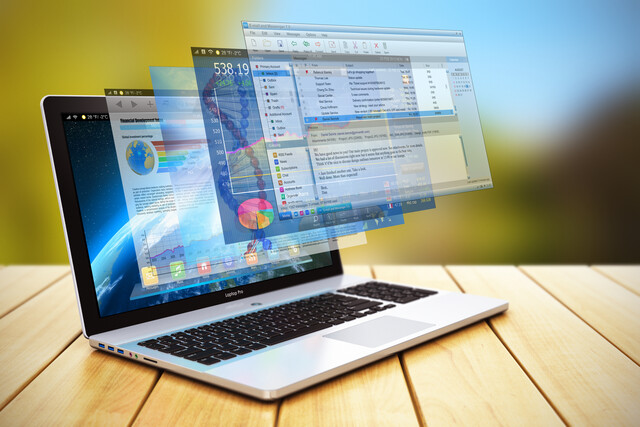
Google Slides
-

Computer Literacy Level 1 - Computer Basics
-
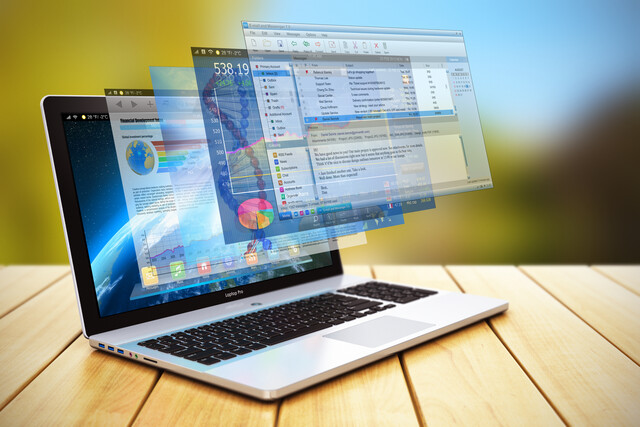
Ultimate Excel Training Bundle
-
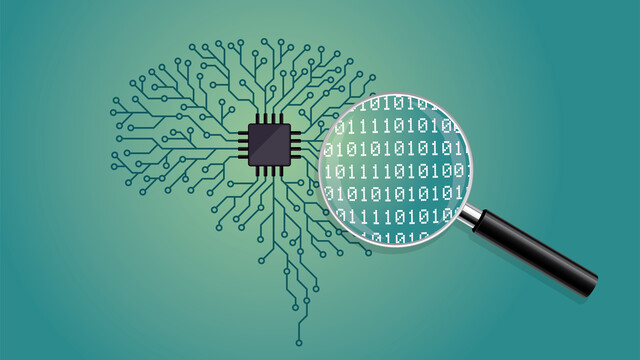
Electronics 101
-

Photography 101: Beginner to Intermediate
-

Elemental Magick: Harnessing Nature's Forces
-

Photoshop Elements 101
-

Internet Marketing Basics
-
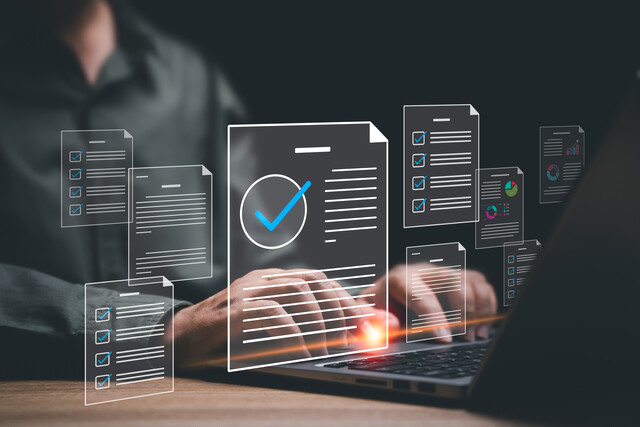
ABCs of Technical Writing
-

Microbiology Mastery: Unlocking the Foundations of Life
-

Virtual Assistant 101
-
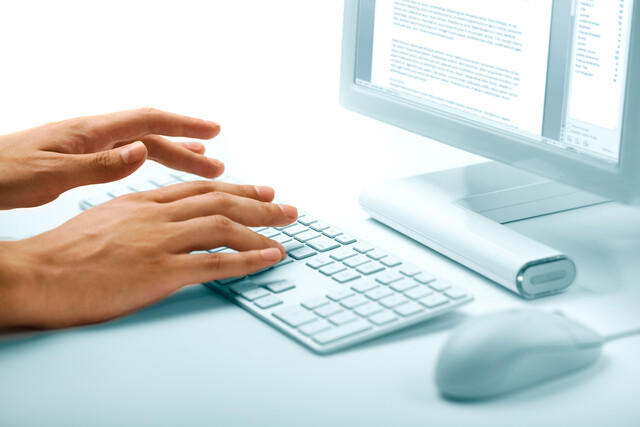
Google Docs
-

Developing Great Social Skills
-

QuickBooks Online
-

End of Life Care
-

Cybersecurity 101
-

Adobe After Effects